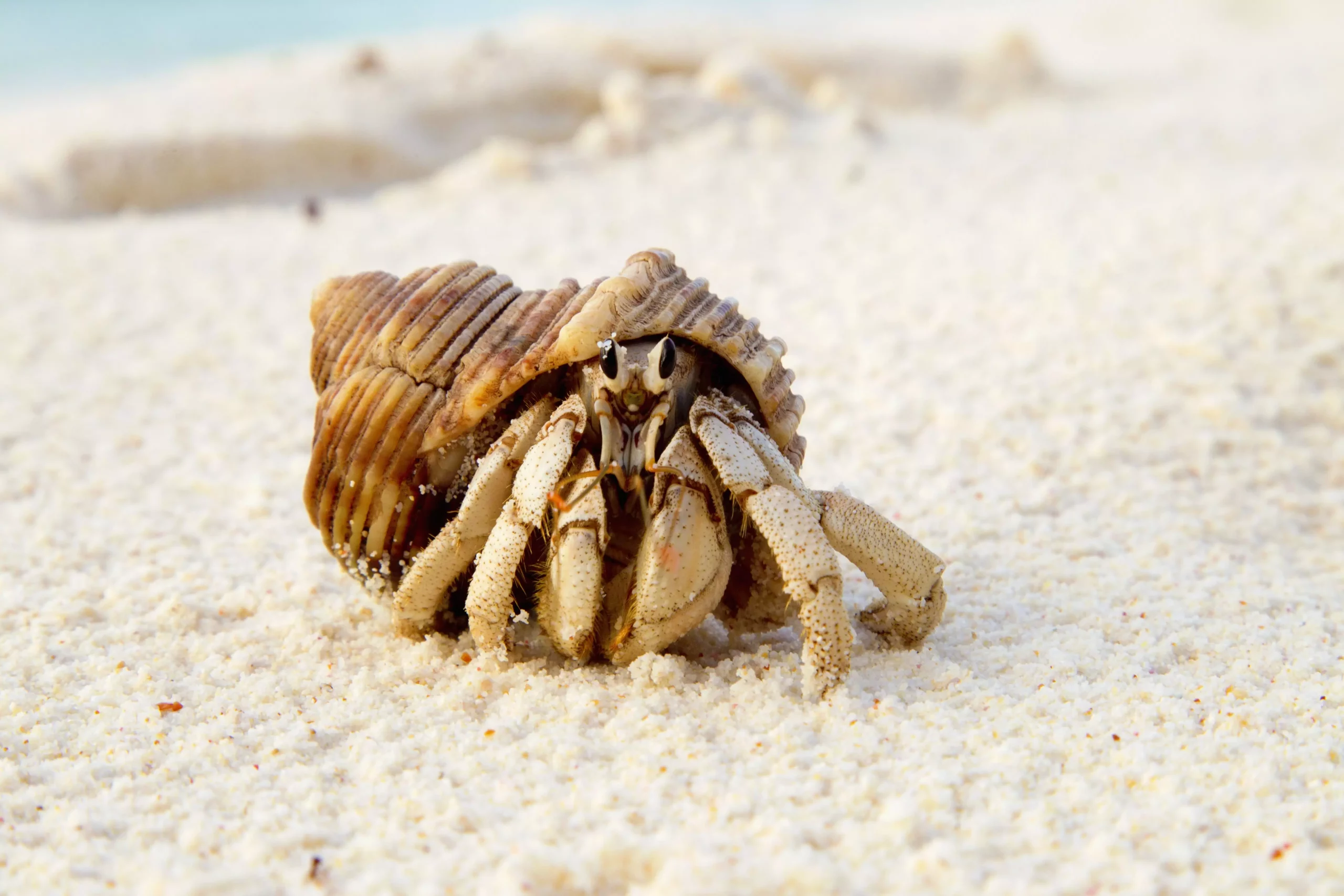Maintaining a healthy and vibrant aquarium ecosystem requires balancing various factors, including water quality, plant health, and the overall wellbeing of its inhabitants. One of the most effective yet often overlooked components of this delicate balance comes from sand-sifting invertebrates. Species such as the tiger sand conch, hermit crabs, goatfishes, sand sifting sea stars, and various snails all play a crucial role in maintaining the substrate of marine tanks. This article explores the importance of these creatures and how they contribute to the health of aquatic environments.
The tiger sand conch, belonging to the Strombus genus, is a favorite among marine aquarists not only for its ecological role but also for its entertaining behaviors. These conchs are diligent cleaners, tirelessly aerating and sifting through the sand bed, which can occasionally lead them to burrow themselves into the substrate for extended periods—sometimes for months. They work quietly, ensuring that beneficial sand microfauna are preserved and that vital bacterial zones remain undisturbed. Their ability to maintain different layers of the substrate contributes significantly to an aquarium’s overall health. More than just functional, watching them navigate through sands adds an engaging element to the aquatic display, captivating both experienced aquarists and newcomers alike.
When discussing effective sand-stirring invertebrates, hermit crabs deserve special recognition. Renowned for their reef-safe behavior, these critters continually search for algae and detritus, cleaning the substrate while minimally impacting the tank’s environment. Among them, smaller species are favored for their less invasive nature. Unlike their larger counterparts, smaller hermit crabs are far less likely to disturb the environmental equilibrium, ensuring that cleanup occurs smoothly without uprooting corals or disturbing fish.
Among the various species contributing to sand sifting, goatfishes stand out for their personality. The red goatfish is particularly notable for its striking appearance and its unique foraging techniques. Equipped with prominent barbels, these fish excavate materials in search of invertebrates by blowing sand away. Their natural behaviors are not only beneficial in controlling the sand’s ecosystem but can also create a dynamic, engaging experience for viewers. However, aquarists should remain vigilant, as goatfishes can drastically alter the substrate’s structure, necessitating periodic adjustments of displaced sand.
Sand sifting sea stars are another captivating and functional addition to any marine aquarium. Commonly belonging to the genus Astropecten, these starfish are adept at cleaning sand beds, effectively ridding them of detritus. However, they do come with a caveat; their relentless cleaning can strip beneficial bacteria from the substrate if kept in a small or newly established aquarium. As with many marine inhabitants, understanding the specific needs and behaviors of these creatures is crucial to maintaining a thriving environment.
Often overlooked due to their unconventional appearance, sea cucumbers represent an essential facet of any marine ecosystem. While they may appear ugly by some standards, these creatures contribute significantly to sand cleaning. Their slow gliding motion across the tank bottom allows them to consume uneaten food and detritus, helping to stabilize the substrate. However, aquarists must monitor them closely, as their diets may include snails and other invertebrates if not properly managed.
A diverse range of snails can play vital roles in sediment cleaning within marine tanks. With different species targeting various food sources, from diatom films to detritus, aquarists can select snails that match their tank’s needs. For instance, the Nassarius snail is characterized by its interesting behavior of burying itself in the sand with only its snorkel visible. This adaptation not only enhances its efficiency in scavenging but also keeps the sand aerated.
The integration of sand-sifting invertebrates into marine aquariums enriches the ecosystem by promoting cleanliness, enhancing water quality, and contributing to a dynamic living environment. By thoughtfully incorporating species like the tiger sand conch, hermit crabs, goatfishes, sand sifting sea stars, sea cucumbers, and various snails into their setups, aquarists can create vibrant, balanced ecosystems where aquatic life thrives naturally. It is essential, however, to remain observant and adapt to the needs of these species to maximize their beneficial impact while minimizing potential risks.

